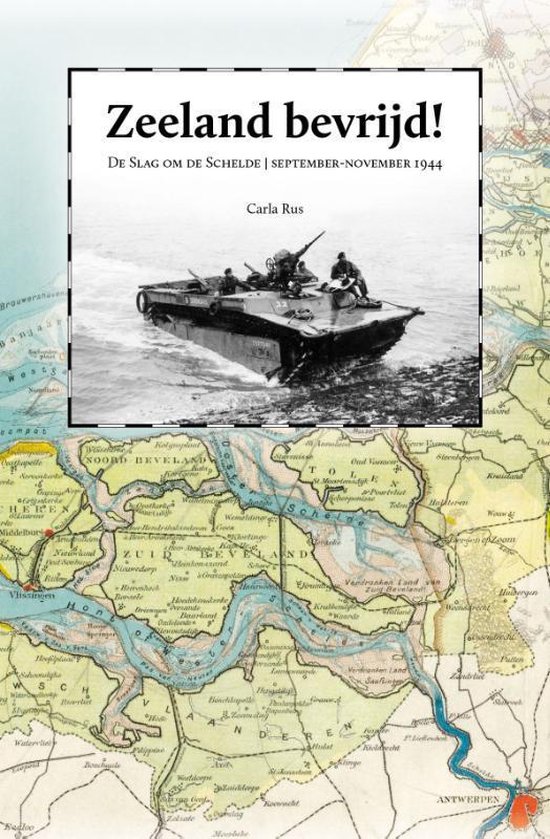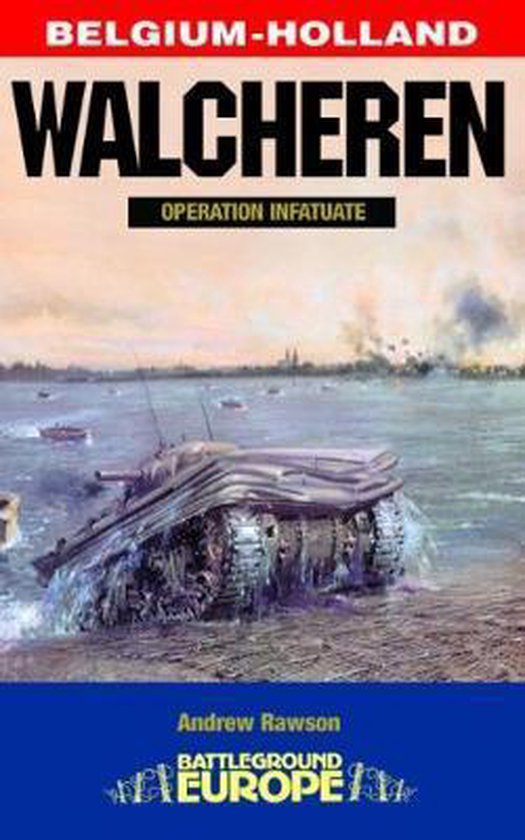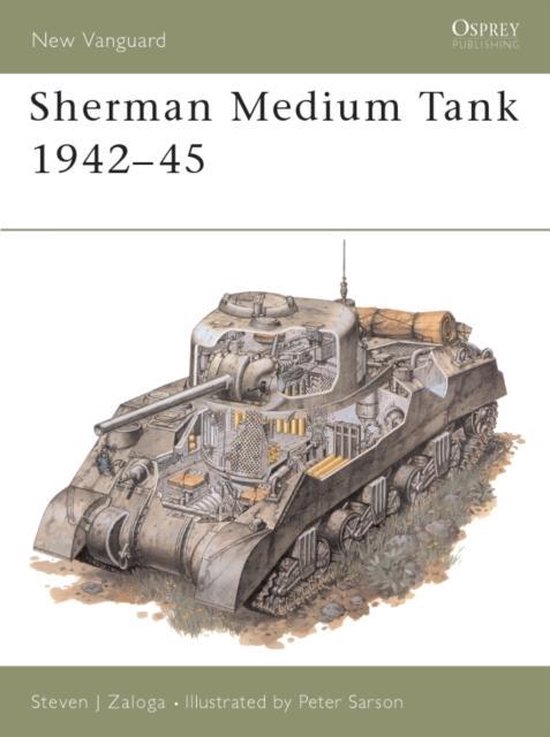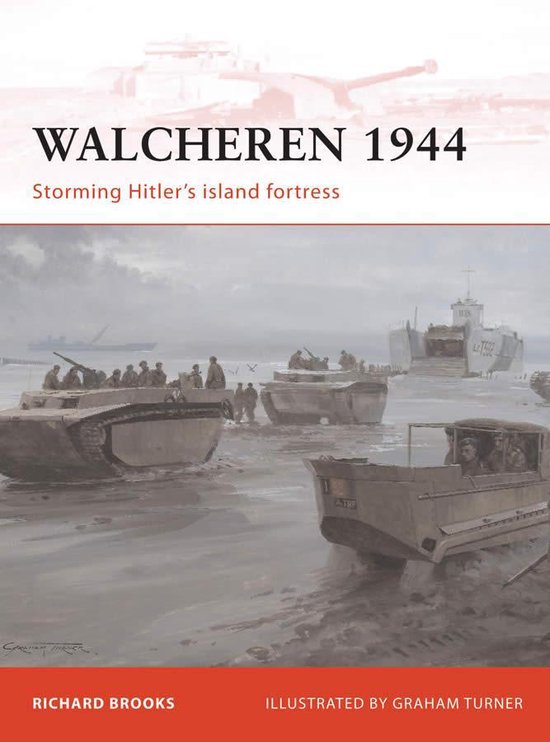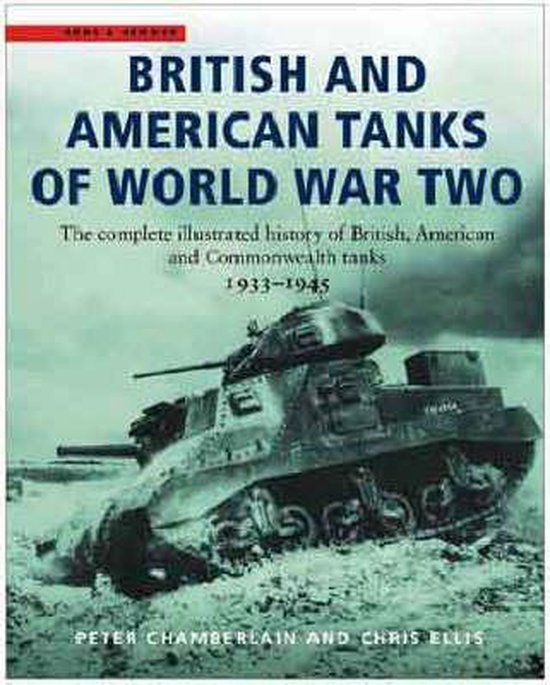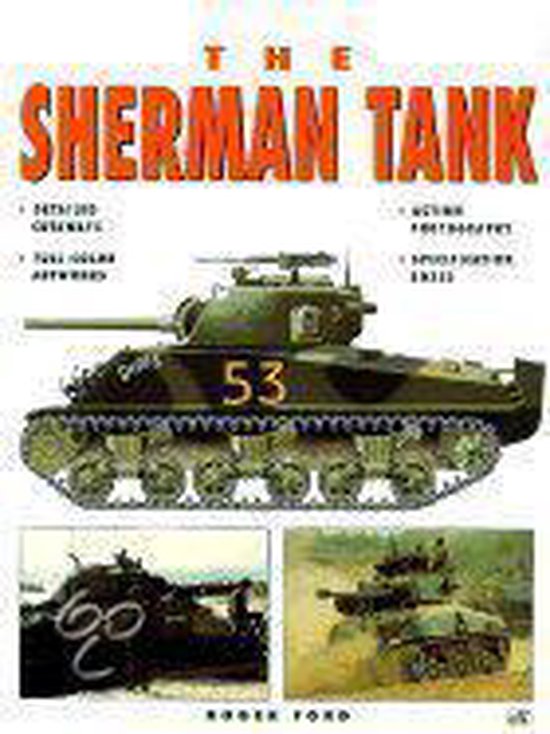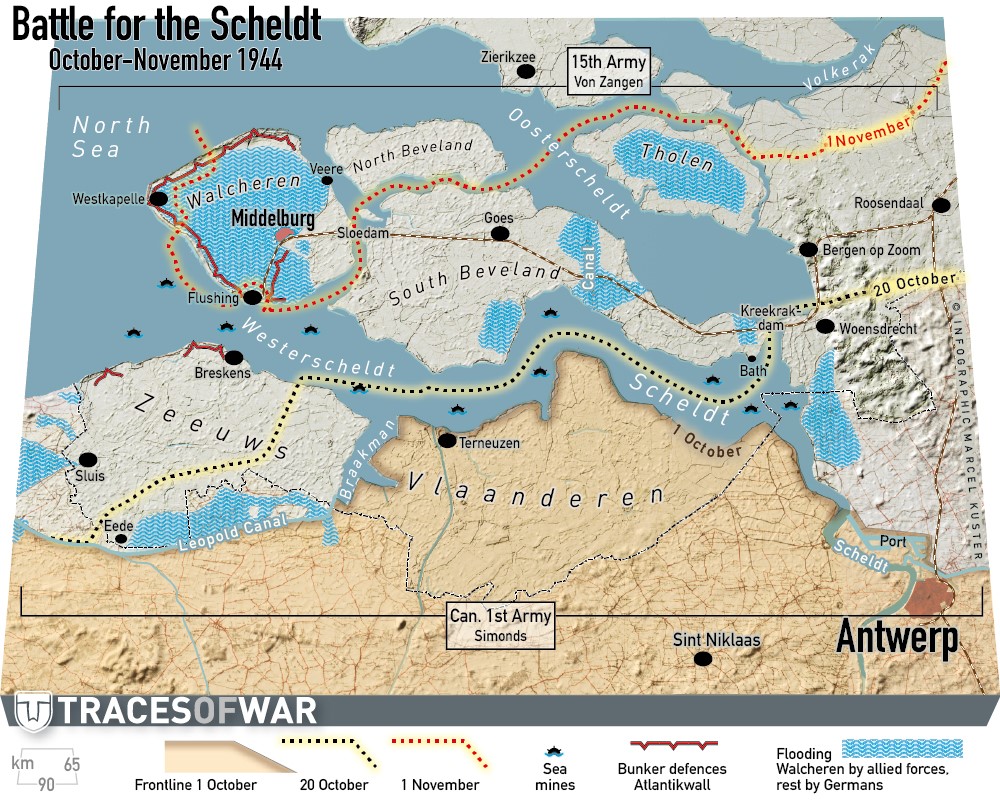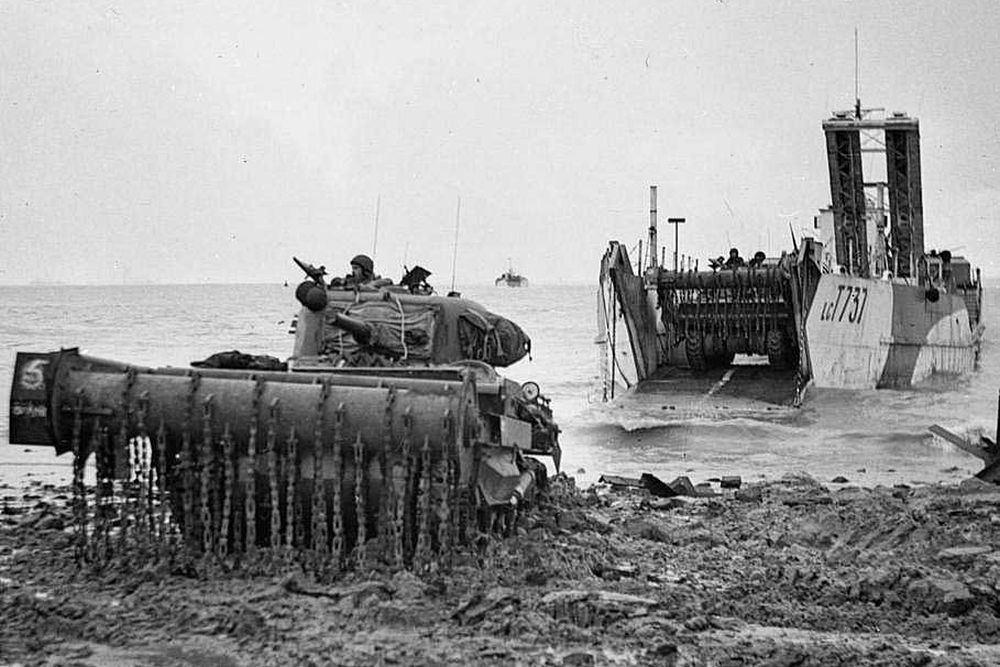Landing Memorial M4A4 Sherman Tank Westkapelle
A memory place on the dike of Westkapelle
The text on the monument on the left:
4 Commando Brigade
Britisch Liberation Army
Landde hier op
1 nov. 1944
om het eiland te bevrijden
--------
4 Commando Brigade
Britisch Liberation Army
landed here on
1 nov. 1944
to liberate the island
The text on the monument in the middle:
On 3rd and 29th October 1944 this dike was bombed by the Allies for the liberation of Walcheren.
The city of Westkapelle was destroyed.
The city of Walcheren was washed away by the sea.
1 Nov. 1944 The landing of the Allies
8 Nov. 1944 Walcheren was liberated
3 Oct.1945 hole in dike was repaired.
WALCHEREN CAN ARISE
The text on the monument on the right:
To the greater glory of
God this stone is erected
by the Royal Marines in
commemoration of the
landing of No 4 Commando
Brigade at Westkapelle on
1st november 1944
More information
It tells the people of the "Foundation Aid to the liberators" Walcheren.
Corporal Frank Reginald Himsworth 1153990
1st Lothian and Border Yeomanry
79th Armoured Division
Commander of the M4 tank as a monument on the dike of Westkapelle.
Under the command of Lt. Col. C.J.Y. Dallmeyer.
Corp.. Frank Himsworth was almost 21 years old and one of the youngest tank commanders in the British army, landed on June 10, 1944 with his unit at Gold Beach (Normandy). His unit was usually part of the 1st Canadian Army.
The landings craft LC (T) 737 which was loaded with tanks, left the port of Oosteinde (Belgium) on October 31 1944. He landed back on a beach, but now at Westkapelle with his tank "Bramble 5" (blackberry, also Flail tank and the crew called it "the crab"). The Bramble 5 was the second tank which landed at Westkapelle.
During the landing the tank became unusable, caused by water in the tank.
The ammunition was transferred from the tank into a amphibian vehicle for troop transport. Due to its heavy load dropped the vehicle became deeper into the mud. Eventually the vehicle drove on a mine which caused a huge explosion.
Himsworth himself was injured and was treated in Vlissingen to his amazement and then transferred to Breskens.
Looking back on the war Himsworth says:
For us it was easier than for the Dutch.
We had to fight, but we had enough to eat and shelter.
Our country was not occupied. It must have been terrible. We just did our work.
Himsworth heard in 1999 about a reunion in Westkapelle and decided to urge attend.
After the meeting Himsworth went to the monument at the dike of Westkapelle.
Once arrived at the tank, he discovered at the rear of the tank the entitled "Bramble 5". The brass plate in the tank confirmed his suspicion. After more than 50 years he stood beside his tank which was part of the liberation of Westkapelle.
On the back of the tank is a plaque with explanatory text:
"Flail" (flail) tank of the 79th Armoured Division (1st Lothians & Border Horse), part of the 56nd (Lowland) Division. Used in the Allied landing of the Royal Marine Commandos on November 1th 1944 in Westkapelle.
Did come ashore from the landing boat LCT 737 (Bramble), flooded at high tide in the middel of the Zuidstraat in the night of November th to November 2nd 1944.
After the war, partly demolished - and saved as a monument. Placed on the Zeedijk in thanks and tribute to our liberators.
We ask you to honor this monument.
Besides this text there is also a technical description of this type of Sherman tank.
Sherman V (M4A4) equipped with a 75mm cannon and equipment to defuse mines. Powered by a 30 cylinder engine from USA-Chrysler with 425 hp.
Total weight: 40 tons.
Length 6 to 8 meters (incl. Flail).
Width 2.5 to 3 meters (including Flail).
3 meters height.
Besides the plaque with explanatory text, there is a text on a second plaque, here can be read that it was restored by students of the Business School of the Royal Schelde Group in Vlissingen.
By the Painters and Conserve Division of the Schelde Ship building and Transportation Division of the Royal Schelde Group.
Towing and transportation by Jac. Goud uit Waarde.
The necessary spare parts came from the collection of Mr P. Aalderson from Enschede. Documentation: Enschede municipal archives.
Do you have more information about this location? Inform us!
Source
- Text: Mia van den Berg / Stichting Steun aan de bevrijders Walcheren
- Photos: Arjan Vrieze
Related books
Nearby
Museum
- Polderhuis Westkapelle, Dyke and Warmuseum - Westkapelle
- Stützpunkt Lohengrin - Bunkermuseum Zoutelande bunkertype 502 - Zoutelande
- Stützpunkt Lohengrin - Bunkermuseum Zoutelande bunkertype 143 - Zoutelande
Point of interest
- Landing craft Westkapelle - Westkapelle
- Concrete Fuel Tank Zoutelande - Zoutelande
- Remains of World War Two in "De Manteling" - Oostkapelle
Monument
- Memorial Bombardment Westkapelle - Westkapelle
- Liberty Bridge Westkapelle - Westkapelle
- Invasion Memorial Westkapelle - Westkapelle
Cemetery
- Dutch War Gravess Westkapelle - Westkapelle
- Commonwealth War Grave Westkapelle - Westkapelle
- Commonwealth War Grave General Cemetery Zoutelande - Zoutelande
Fortification
- Bunker Westkapelle - Westkapelle
- Stützpunkt Hötzendorf Westkapelle Bunker 2 - Westkapelle
- Stützpunkt Hotzendörf Westkapelle Bunker 1 - Westkapelle

